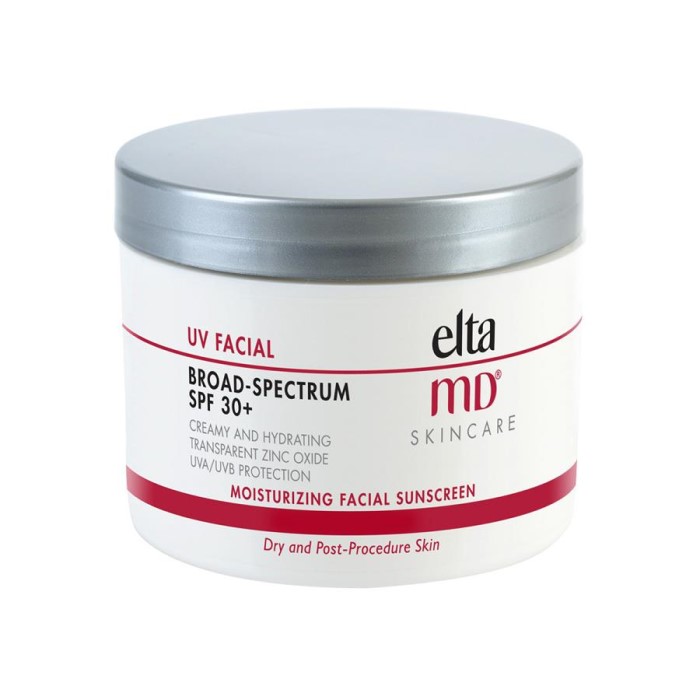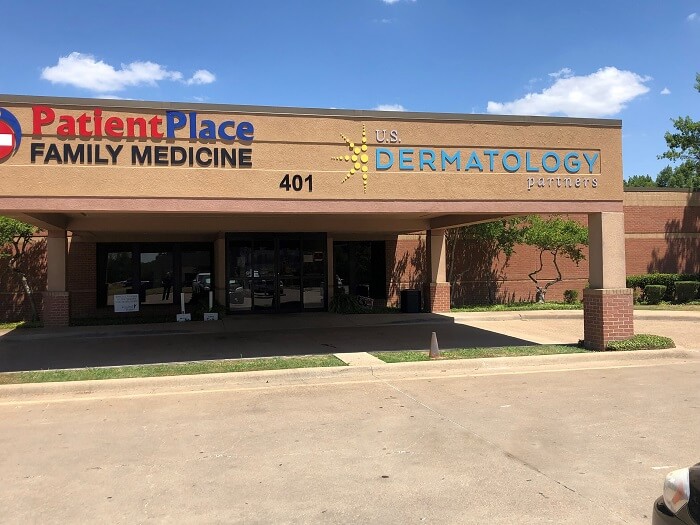
UV Facial Broad-Spectrum SPF 30+

We are located off Highway 22, across from the Navarro Regional Medical Complex.
Get Directions|
Monday: |
8:00AM - 5:00PM |
|
Tuesday: |
8:00AM - 5:00PM |
|
Wednesday: |
8:00AM - 5:00PM |
|
Thursday: |
8:00AM - 5:00PM |
|
Friday: |
8:00AM - 12:00PM* |
|
Saturday: |
Closed |
|
Sunday: |
Closed |
|
|
*First Friday of Month 8:00AM-3:00PM |

Katherine "Katie" M. Heimer St. Clair, MPAS, PA‑C
General DermatologyCosmetic DermatologySkin Cancer
Accepting New Patients

Joleen M. Volz, DMSC, PA‑C
General DermatologySkin CancerCosmetic Dermatology
Accepting New Patients
From your early years to your golden years and everywhere in between, the dermatologists at U.S. Dermatology Partners Corsicana, formerly Medical Arts Dermatology, are dedicated to helping you maintain healthy skin for a lifetime.
We want you to feel confident that when you choose U.S. Dermatology Partners Corsicana, you are working with doctors and other professionals who are qualified, experienced and caring. We work together to realize a shared vision of uncompromising excellence in dermatology.
To fulfill this mission, we are committed to:
At U.S. Dermatology Partners Corsicana, we recognize that your choice of a dermatologist is driven by the doctor’s competency and personality. When searching for dermatological treatment, you need a dermatologist who is experienced, understanding and supportive. You get this caring attitude from all the staff at U.S. Dermatology Partners Corsicana every day.
 Shop Products
Shop ProductsOur friends at ISDIN are making all of their products available through their website (www.isdin.com) for a 10% discount and free ground shipping for our patients.
For over 40 years ISDIN has formulated unique and innovative products with advanced ingredients that are recommended by dermatologists all over the world.
Use promotional code: ISDINMD0125 at check out.
Get a 10% discount plus free ground shipping.
For general inquiries or if you would like to request a call back, please click below to fill out our contact form.
Contact Us
UV Facial Broad-Spectrum SPF 30+